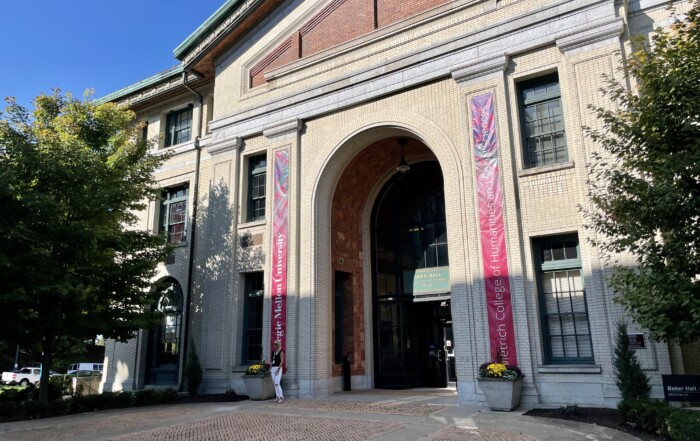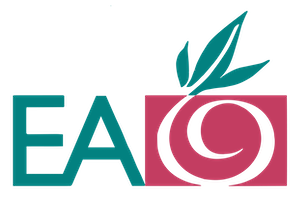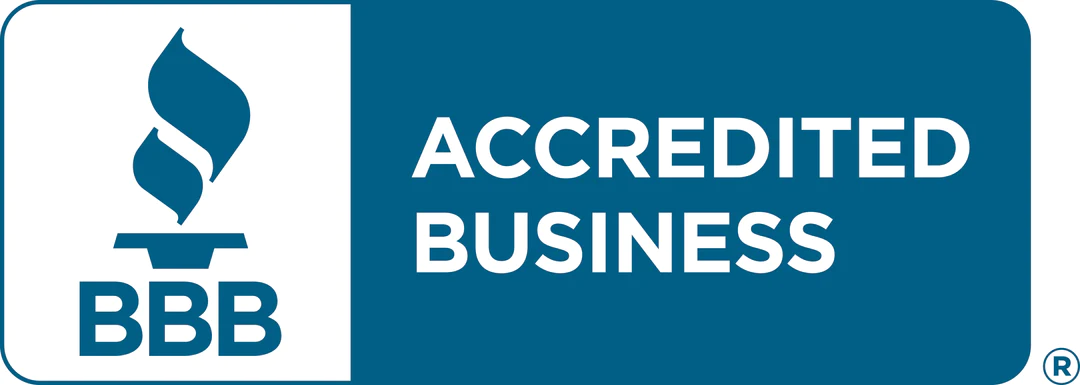College Admissions Tips and Guidance
Maine College Road Trip: Bowdoin, Bates and Colby

Explore Our Articles
Recent Posts
Popular Categories
Get In Touch
On Social
By Phone or Text
(617) 734-3700
By Mail or Email
1678 Beacon Street
Brookline, MA 02445
By Form
Educational Advocates
Our objective is to guide the family in finding options where the student will not only get admitted, but thrive and find success once on campus.
Maine College Road Trip: Bowdoin, Bates and Colby
Bowdoin, Bates, and Colby Colleges, the three Maine liberal arts colleges might seem similar at a glance but there are key differences. In this article, we will compare Colby vs Bowdoin vs Bates colleges, providing you with complete information to help you make an informed decision on which college is the best fit for you.
Bowdoin College

Bowdoin College attracts bright, engaged students who get involved. This photo was taken by Joan Casey
Bright, engaged students who are looking for a more personal, interdisciplinary education on an active campus should check out Bowdoin College in Brunswick, Maine. A little over two-hour drive from Boston, the campus is accessible by Amtrak and is just 25 minutes outside of Portland. If you think “rural” when you think of Maine, you might be surprised by how much the town of Brunswick offers with over 60 eateries, including a restaurant boasting a Food and Wine best new chef, and two independent movie theaters.
The Schiller Coastal Studies Center, a 118-acre coastal farm is located on nearby Orr’s Island and provides a variety of habitats for teaching and research opportunities, two research vessels and lab space. Bowdoin’s biological station on Kent Island, just south of the Bay of Fundy in New Brunswick, Canada, also provides summer research opportunities with stipends for Bowdoin students. The Roux Center for the Environment has just opened, bringing together environmental, earth, geographic sciences with history education, and digital computation to offer an interdisciplinary education. Professor Matthew Kringle is leading students in researching how diabetes is impacted by society’s changing relationship with nature and social inequality.
Continue reading about Bowdoin College here.
Bates College

Bates College in Lewiston, Maine has a unique history that is rooted in embracing diversity. This photo was taken by Joan Casey.
Bates College is a liberal arts college in the small city of Lewiston, Maine about 45 minutes north of Portland. With just under 1800 undergraduates, students receive a very personalized education and truly get to know their professors. What makes Bates different from other New England liberal arts colleges?
Embracing diversity since the beginning. Bates was founded in 1855 by abolitionists and has always been open to women and students of color. Martin Luther King Day is a “Day On” at Bates with classes cancelled but enriching workshops and experiences offered for all. Lewiston is home to many Somali refugees with 26 languages spoken in their high school. Bates students are very much engaged in the Lewiston community.

This photo was taken by Joan Casey
The flexible general education requirements allow for many students to double major, minor or add General Education Concentrations (GEC’s). Students must participate in three Writing required courses: a freshman writing seminar (professor is also your freshman advisor), a course within the major(s), and the required senior thesis. Most popular majors include: politics, economics, psychology and environmental studies. There is a new interdisciplinary digital and computational studies program.
Continue reading about Bates College here.
Colby College

Colby has expanded into the town of Waterville, where students and faculty reside, and has established more connection to the community. This photo was taken by Joan Casey.
Colby is the farthest north of Maine’s esteemed liberal arts colleges, and that location has been influential in forming its friendly and outdoorsy student body. From their first experience with COOT, the Colby Outdoor Orientation Trip, new students form connections while biking, hiking or serving the community, and create a lasting COOT family before even reaching campus.
Situated high atop Mayflower Hill, Colby’s campus is classic New England in style, with continuous updates. The Colby College Museum of Art was recently modernized using a $100 million alumni gift to establish the Lunder Institute for American Art. Students and professors use this resource to create interdisciplinary connections between art and many other subjects, such as an installation depicting the impact of climate change that complements the college’s strong environmental studies program.
Academically, Colby’s strongest programs are considered to be biology, chemistry, economics, psychology, environmental studies and computer science. It pioneered the 4-1-4 schedule, or “Jan plan,” in which students can pursue something unique during January, such as taking a short course, studying abroad, or doing an internship. Colby has been highly rated for having accessible professors, and over 95 percent of students surveyed said they have a professor who cared for and supported them every day while at Colby.
Continue reading about Colby College here.
To make the best decision, it’s important to consider the unique characteristics of the three Maine liberal arts colleges: Colby, Bowdoin, and Bates. All three schools offer quality education in a variety of subjects and programs, so regardless of which school you choose, you will receive an excellent education. We hope this article has provided a helpful comparison of Colby vs Bates vs Bowdoin colleges and that you now have the information you need to make an informed decision.
Related Resources:








